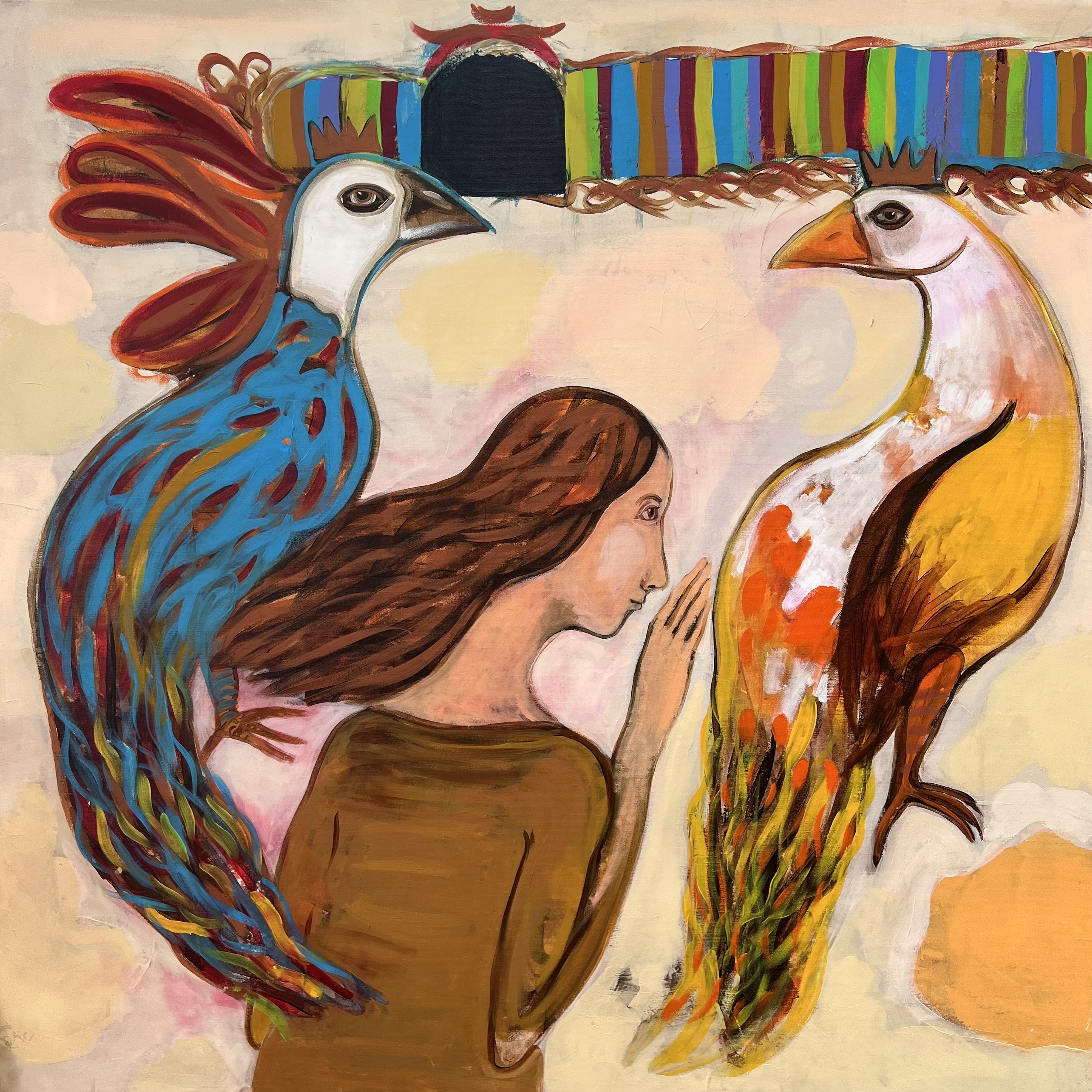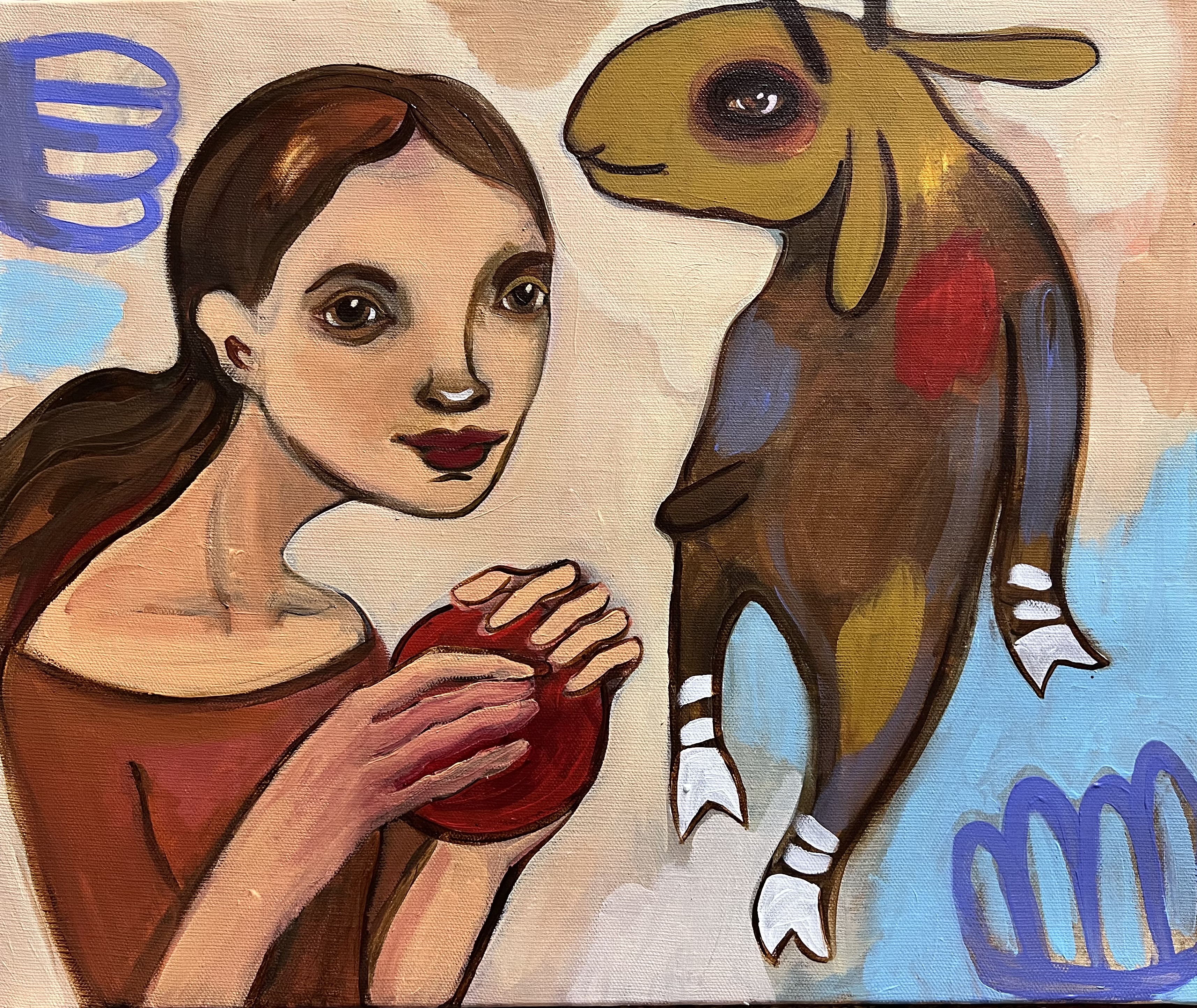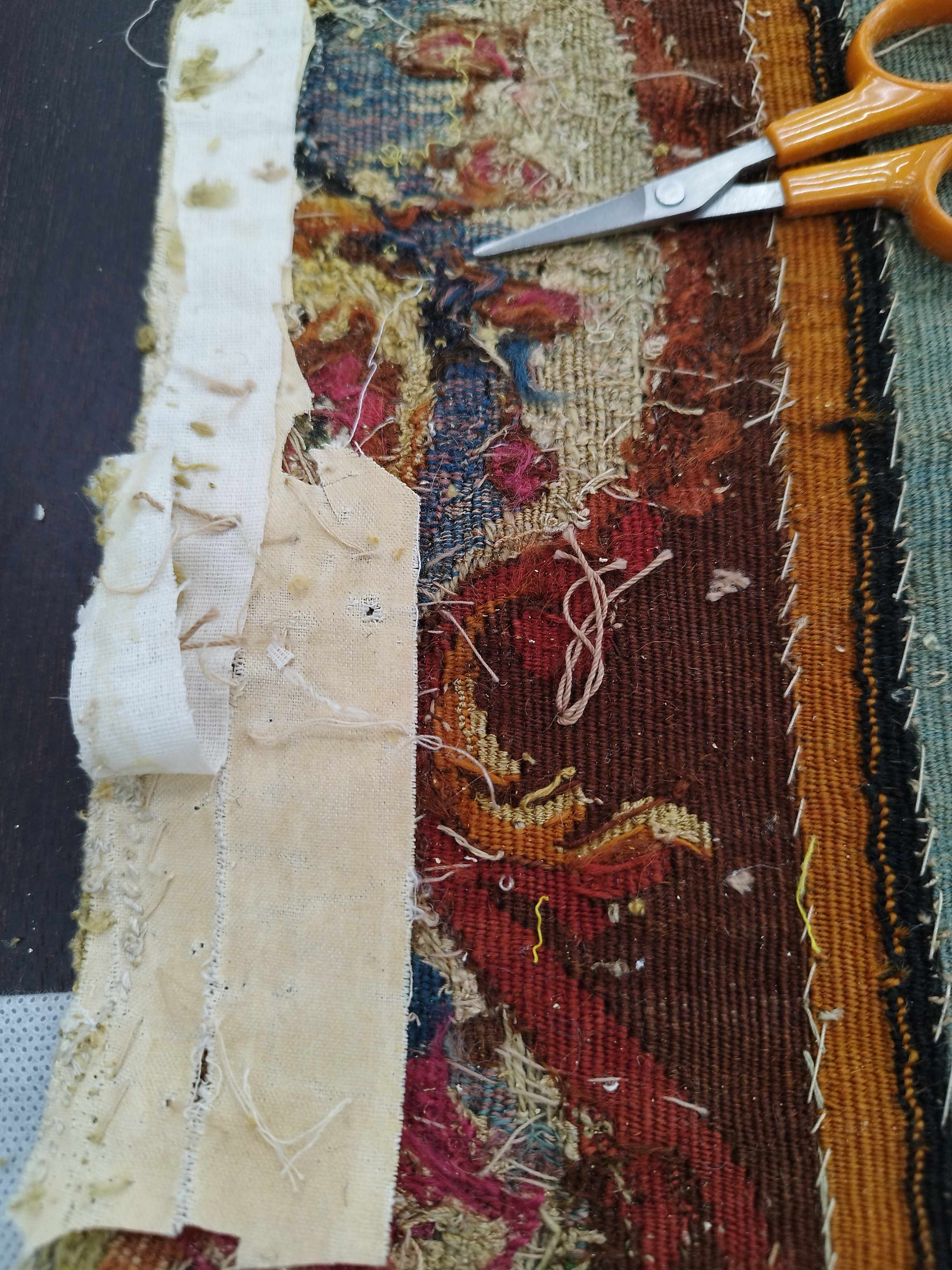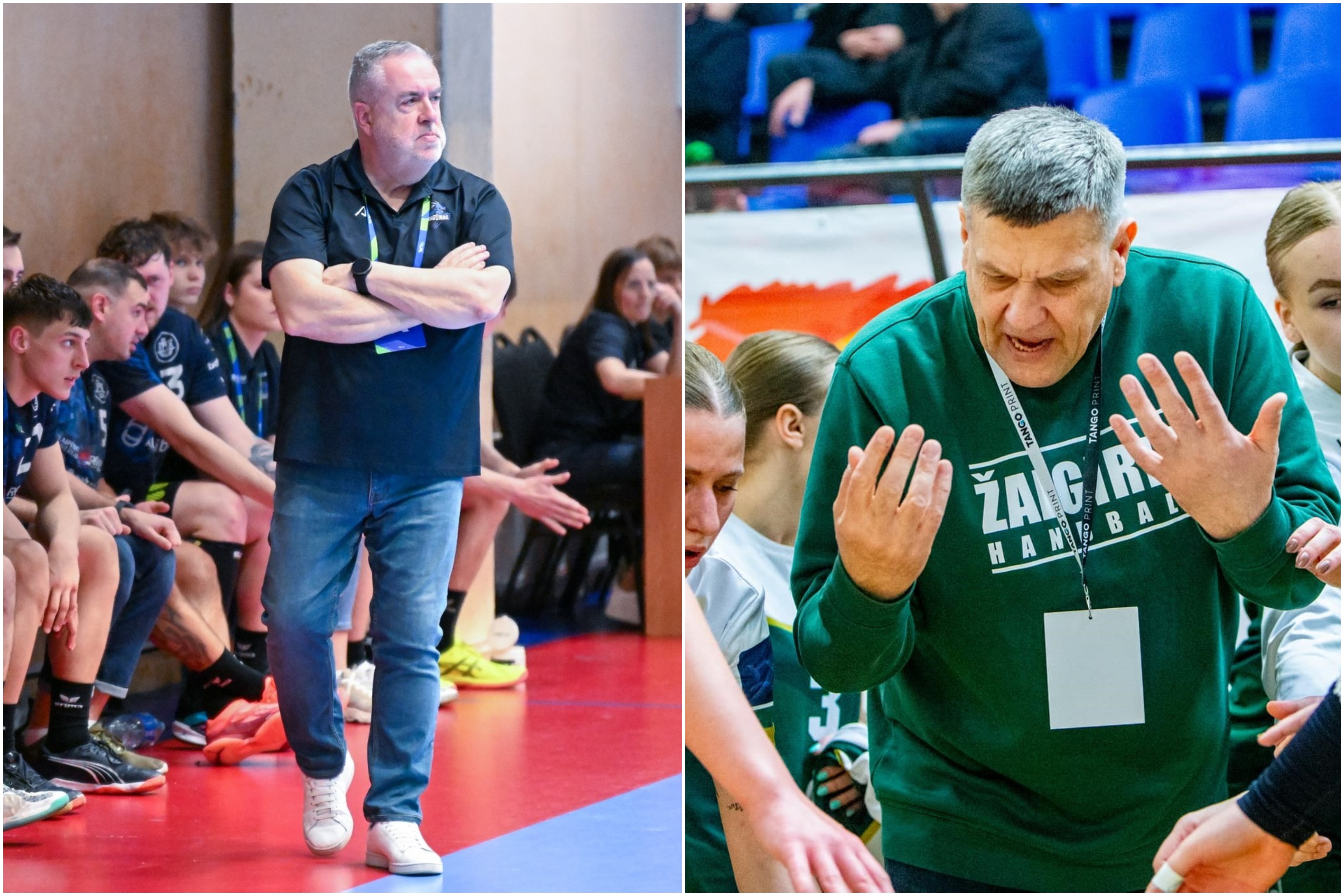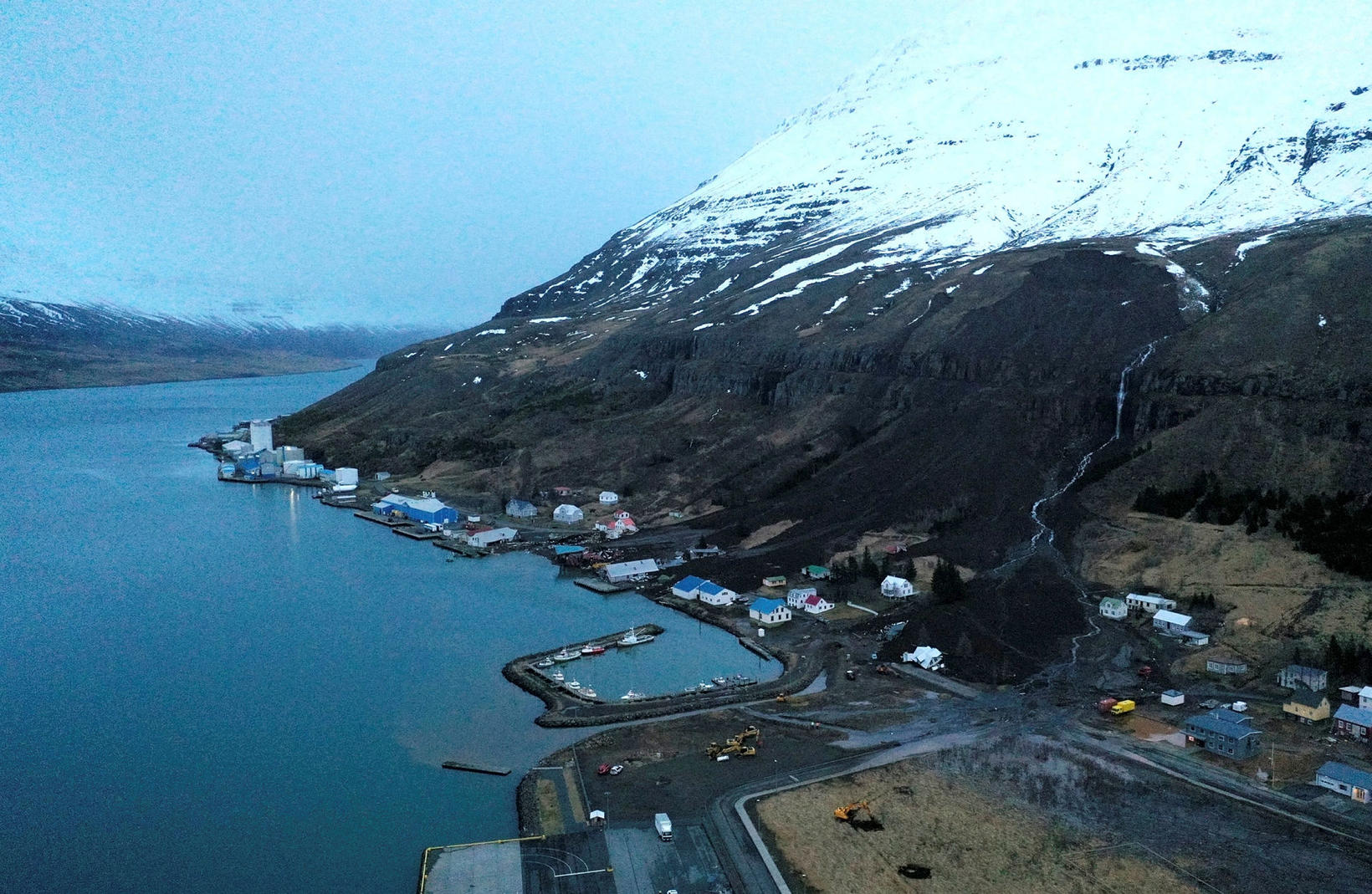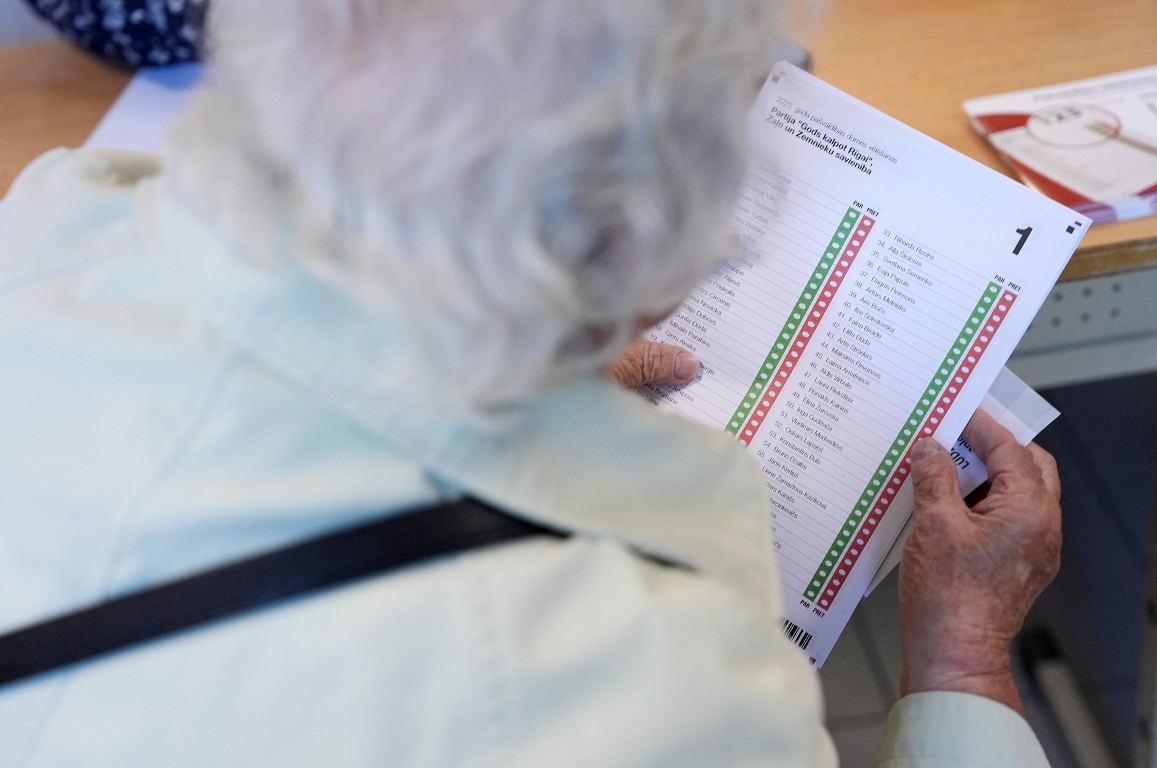Man and Animal: A merger through touch
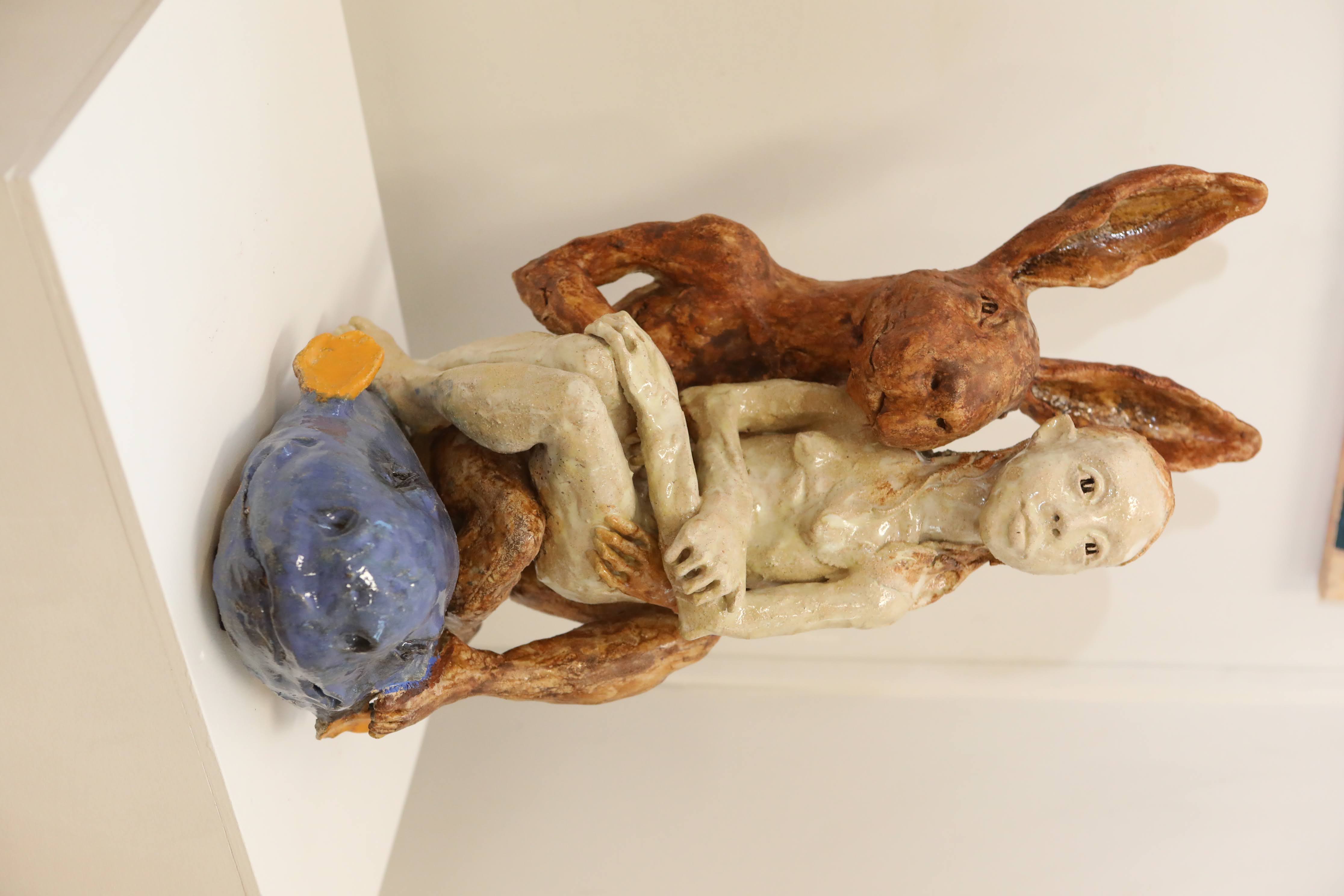
The first gaze of the exposition is archetypes: woman, man, animals. From a philosophical point of view, the personal relationship of man to the environment and himself is explored here. Nature is perceived as a revealer, a rescuer and a fellow man. Archetypes in this exhibition unfold the language of the characters through the concept of animals and their abundance. Repetitive fish as a motive of happiness and sacrifice. The rabbit is a clod of fertility and creation, but at the same time, caution and survival are unforgettable. Ducks here symbolize the balance of communities and spirit. They all accommodate the perception of conscious self, or ego. This is how this idea reveals the common interface of the animal and man and the manifestations of the spirit in art.
According to psychologist Carlo Gustav Jung, the animal is majestic and represents the divine side of the human psyche. He believed that animals live in much more contact with the secret order in nature and much more than people live closely with the absolute knowledge of the subconscious.
Human, most important archetypes: Anima and animus are the beginnings of the male and female existence, from which the harmony of relationships and the synthesis of each other are the most important archetypes. The world of the animal and man is an integral compound exploring the author, and the concept of the exhibition visually presents psychoanalysis, philosophy or archetypes.
Hare, woman and fish. / Photo by organizers
R. Jusionytė’s sculpture and paintings are dominated by a different line. The sculpture sees the theme of human relationships, being together and loneliness with ourselves, nostalgic themes and connection with nature. Here is a close motive for the tale « Alice in Wonderland », when a bunny can hold a man and both are being cared for by a large fish. The elk and man become single and the owl carries wisdom and knowledge. Sculpture motifs often resemble a playful allegory of fairy tales. A funny transition of topics, the synthesis of the animal and man leads to the theme of the exhibition, which examines the main questions of being – what does an animal give to live? This is a victim. Sacrifice for the common good and for the people.
In each picture, the same idea is repeated, so people and animals move into one – they connect with touch, personal relationship, positions.
The sculptures are exclusive, undressed, plastic, but retain the primordial state of imperfection, because this is the only way to convey a deep emotional connection, the power of art to act. However, painting and sculpture need to be distinguished. Different genres are also different in the creative line. The paintings are dominated by a distinctive painting manner. The author moves away from academic painting. There is a lot of freedom in the artist’s work, no perspective, but the author’s drawing is maintained. The works are dominated by lines and color contrasts of fruit, often local colors, which enable expressive and emotional conveying creative thoughts. In each picture, the same idea is repeated, so people and animals move into one – they connect with touch, personal relationship, positions.
Birds and women. Acrylic, canvas. 130×130 cm. 2025 / Photo by organizers
« My creation is an invitation to reflect on the harmony of the world and our place in it. Animals in my work are not only symbols, but also living mirrors where we see ourselves, our love, care and, ultimately, the care of the world we live. It opposes a long -standing order, when animals are viewed as inferior, lower beginnings than humans.
The an aesthetic idea of the exhibition lies in the philosophy of antispsecism, which states that the animal and man are equal. This approach refuses to an anthropocentric view of the view, where a person has always been considered superior.
A girl with a lamb. Acrylic, canvas. 65×55 cm. 2025 / Photo by organizers
R. Jusionytė says that animals are not just an allegory and a myth. In the context of CG Jung’s philosophy, it restores the animal as an alter ego, giving it the role of a spiritual wizard that becomes the second self. Nature and man are no longer separate, but the same being. This philosophy should be vital to the modern man, distant from nature, looking for a self -gray asphalt and glass in the world, but unable to find in any way.
The connecting part of the creative work is the eyes. Both in the sculptures and the paintings, the eyes of the eyes connect. Animals and humans have the same eyes – reflections of the soul. It is important for the author to pay attention to the details, so it is through the eyes that it conveys an aesthetic impression. This is where the search for self -discussed self -discusses continues. Only through the gaze of the work can one feel what the author speaks, how and how many general myths and questions of being convey to the viewer.
Human characters repetitive in each piece are not confused with anyone. They meet as a spiritual being, a peculiar character, a deep impression of spiritual beings. Both in the sculpture and painting, the same idea, which conveys a human being, is dominated by the appearance of which repeats and develops the same idea in different scenes.
The main idea of the exhibition is otherness. The author does not try to pay attention to her own inner world in her work – she is concerned with global topics. There is no room for classic academic art standards, polished sculptural lines and a classic perspective. The artist researches the topics of generally relevant topics, the field of which may seem limitless at first glance, but the exhibition purposefully concentrates and conveys the most important philosophical thoughts.
It should be mentioned that R. Jusionytė’s work denotes global art trends, and the peculiar philosophy is exceptional and uniquely harmonizing with art. When raising questions to the viewer, the artist leaves the freedom to interpret, but does not forget to maintain the drawing and harmony of its distinctive creation. All we have to do is answer us: How many nature do I not silence?

